A security deposit is money paid by the tenant to the landlord. This deposit protects the landlord if the tenant vacates without making required payments or damages the rental property. If the tenant gives proper notice and vacates without owing any rent or damages, the landlord must return the security deposit to the tenant in accordance with laws in the state where the rental property is located. This video looks at some New York regulations pertaining to accounting for security deposits.
Questions:
1. Using the example in the video, make the journal entries that a landlord or rental company would record upon the receipt of the security deposit and the final disposition of the forfeited security deposit to the rental company or landlord.
2. Using the example in the video, make the journal entries to that the landlord or rental company would record for the interest on the security deposit, including administrative fees collected on the interest and the distribution of interest to the tenant.
3. Go to the following website http://www.allbusiness.com/legal/contracts-agreements-forms-real-estate/8107-1.html and access a partial form itemizing deductions from a tenant security deposit for a residential rental unit. Do you see the interest listed on this form, as discussed in this video? Which item number is it? Have you ever received such a form when you vacated a rental property?
4. Does your state have a similar law about interest earned on a security deposit, as was explained in the video?
Source: YouTube.com “Tenants’ Security Deposits: The Law and Accounting – Landlording TV, February 3, 2010. (Retrievable online at http://www.youtube.com/watch?v=iNxMvGRc6uE)
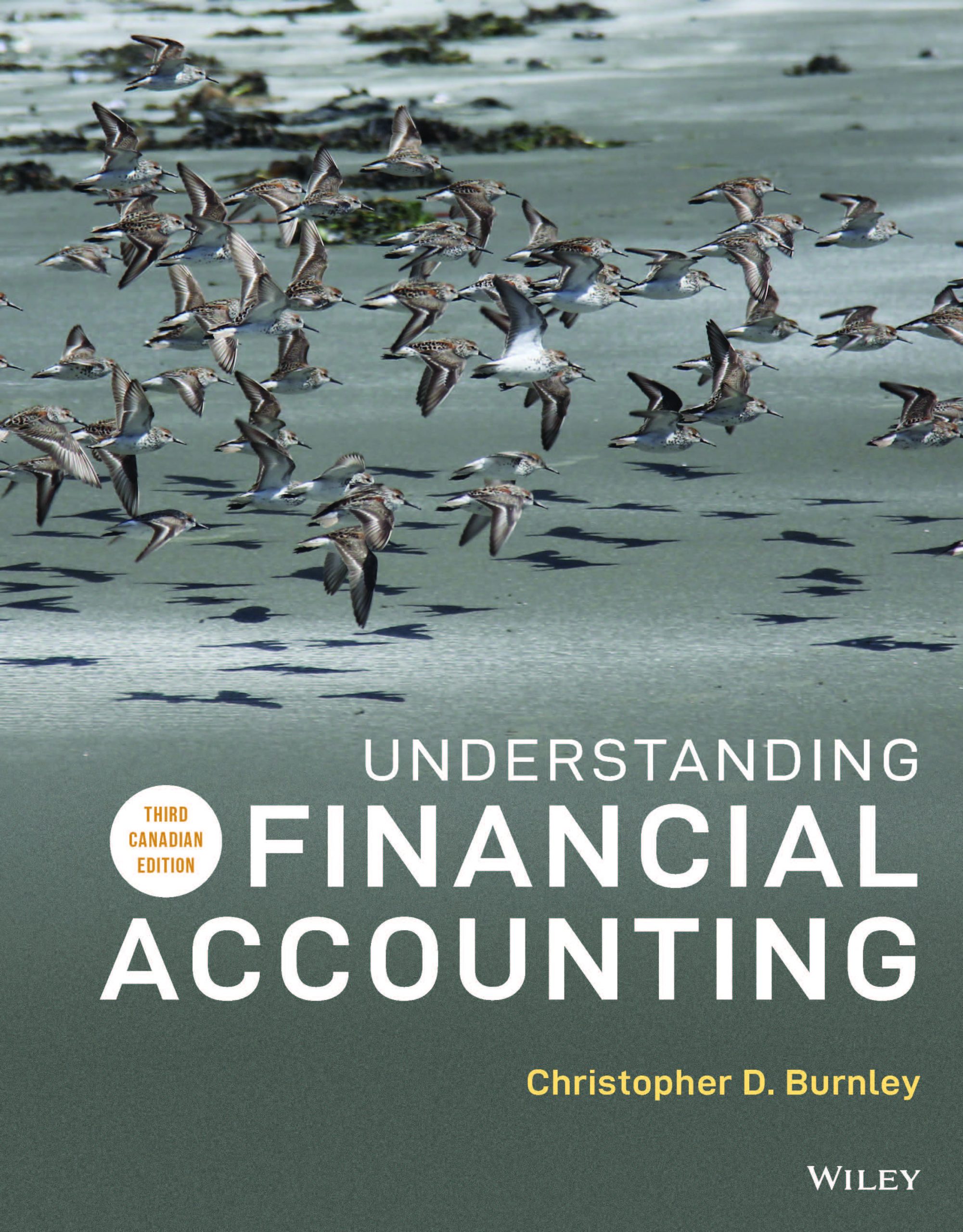
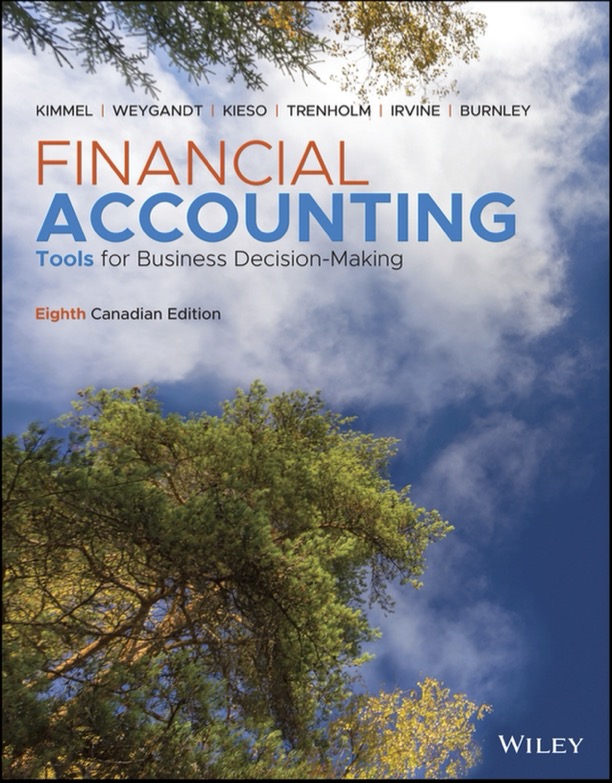
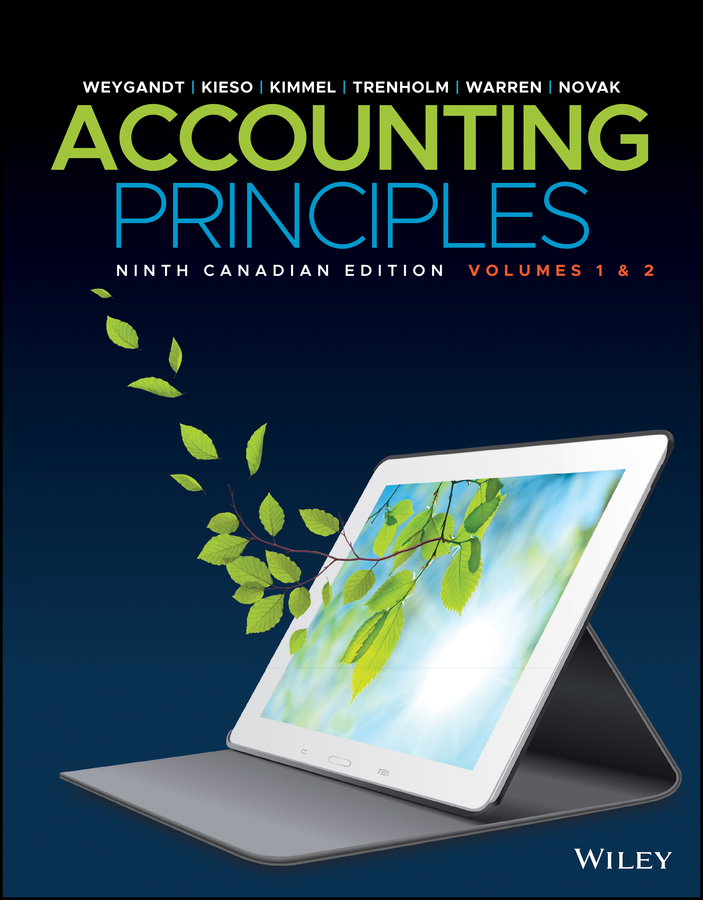

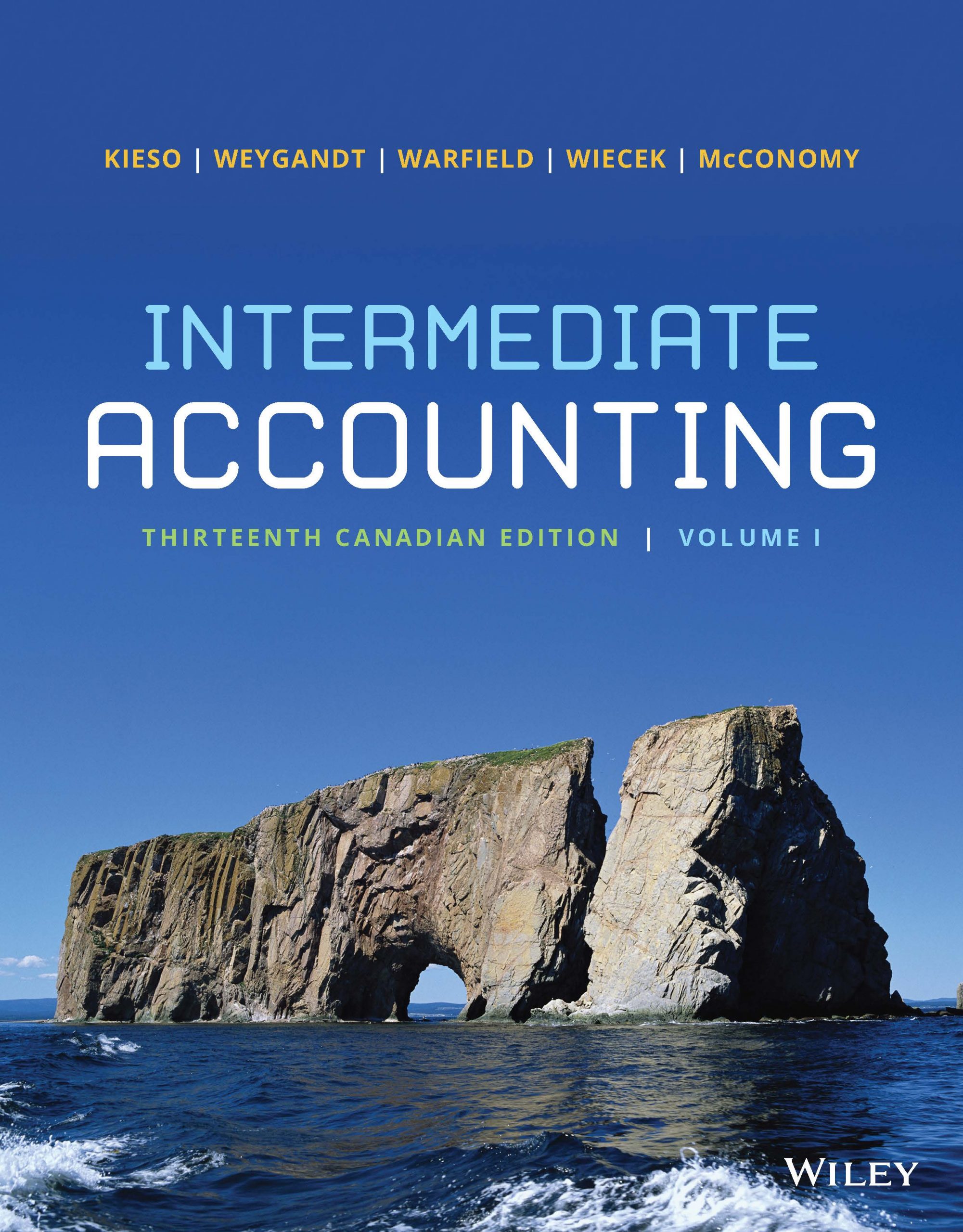
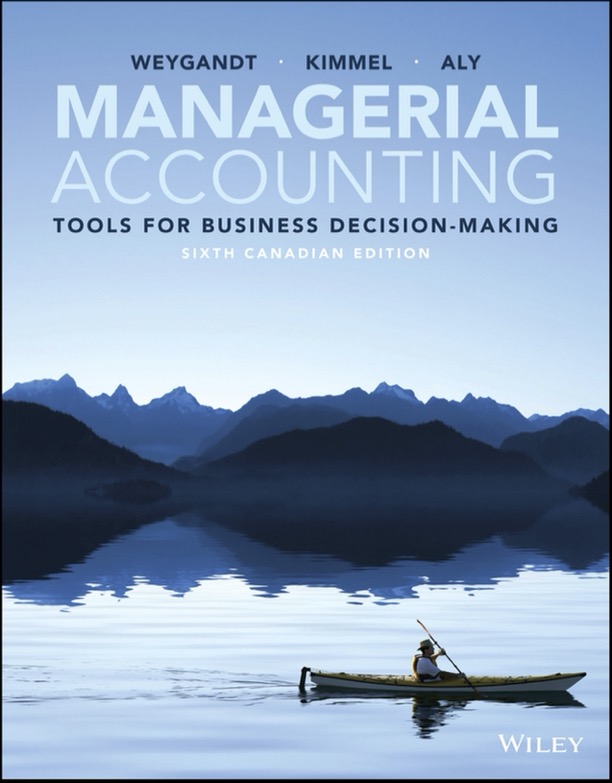


Leave a Reply